
One of the main talking points in the grand unveiling of Apple’s AR/VR headset, Apple Vision Pro, at June’s WWDC was the ability to watch movies on a giant screen. The accompanying video that was showcased during the segment had actors lounging on a couch while watching a movie or T.V series on a giant augmented screen in the middle of their living room. The screen itself looked quite impressive, with its edges even having shadows to create a sense of depth, making it feel like it were an actual screen rather than a cheap projection. Which, with all the technology packed into the device from LiDAR cameras to True Depth sensors, isn’t exactly a surprise—and for $3,500, it shouldn’t be.
Moreover, there are a few neat features that make the movie-watching experience even more immersive. The headset is able to artificially dim the light around the projected screen. If you don’t want to be limited by the space in your living room, you can ‘transport’ yourself to a lakeside or serene mountaintop, and blow up the screen up to 150 feet wide. With the display on each eye reportedly having a resolution higher than 4K, and its speakers touted to include Apple’s patented Spacial Audio, it’s not too difficult to understand why a cinephile and tech nerd like myself is very excited to watch movies on this device.
It begs the question, though, “if this thing is all it’s marketed to be, will it affect movie theatres?” With the recent releases of Barbie and Oppenheimer, cheekily coined by the internet as ‘Barbenheimer,’ bringing a much needed spark to box offices (especially being non-Disney properties), it wouldn’t be the best time for a new piece of technology to siphon ticket sales—especially when the industry is on the edge of a precipice with the writer’s and actor’s strikes going on. But though the question is apt, let’s not jump ahead of ourselves. We’ve been here before.

John Campea made a video on his YouTube channel posing the same question, and followed up with examples of all the times audiences and film producers had feared the death of the movie theatre due to an emerging piece of technology. From the advent of the television, to VCRs, to Blue-Ray’s and plasma screens, all the way to streaming services—we’ve been here before, many times, and the Apple Vision Pro is far less scary than most of those other inventions. In a piece I wrote a few weeks ago comparing the Vision Pro with the Meta Quest 3, I outlined how the experience of the Vision Pro seemed incredibly isolating. Every use case Apple presented was one that was for the individual, and the theatre-going experience is a community event. There’s something unique about sitting in a dark room with strangers and experiencing a story unfold on a giant screen.
With the Quest devices, you could download an app named BigScreen and watch movies and shows in a virtual theatre with others, with everyone being in the bodies of their created cartoon avatars. It’s not entirely the same, but it’s a step towards the right idea. An idea that surrounds wanting to make the VR experience that of a social one, which Zuckerberg has continually talked about—including in his recent interview on the Lex Fridman podcast. Yes, Apple has the upper-hand when it comes to tech, and their new alliance with Nvidia and Pixar to standardize 3D content only proves that they are fully committed to having incredibly immersive entertainment on their device; but a lack of social interaction—whether with a group or even a spouse—while being immersed in said entertainment is a huge oversight.

So for as much as Apple touts its admittedly impressive tech inside their upcoming device, and for as excited Bob Iger sounded when talking about Disney+’ partnership with Apple to create VR-specific entertainment (I wish he were as excited to support the writers that make his millions), I doubt the Vision Pro will have a negative affect on movie theatres. Both virtual and augmented reality products are still niche devices, and Apple’s $3500 Vison Pro isn’t going to move the needle much, and even if it eventually does with future (cheaper) headsets, it needs to understand how to integrate the most human of elements—social interaction.

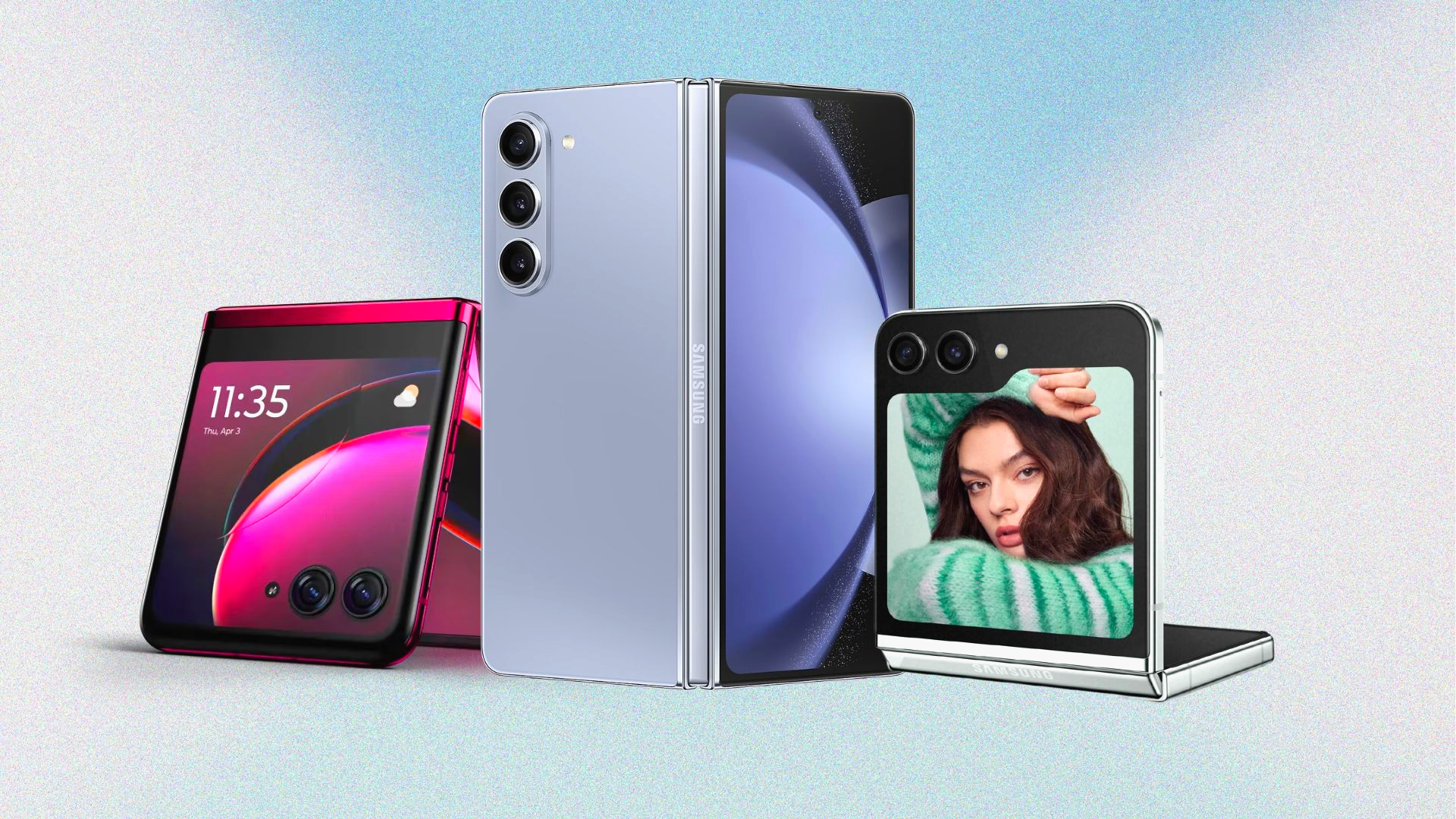
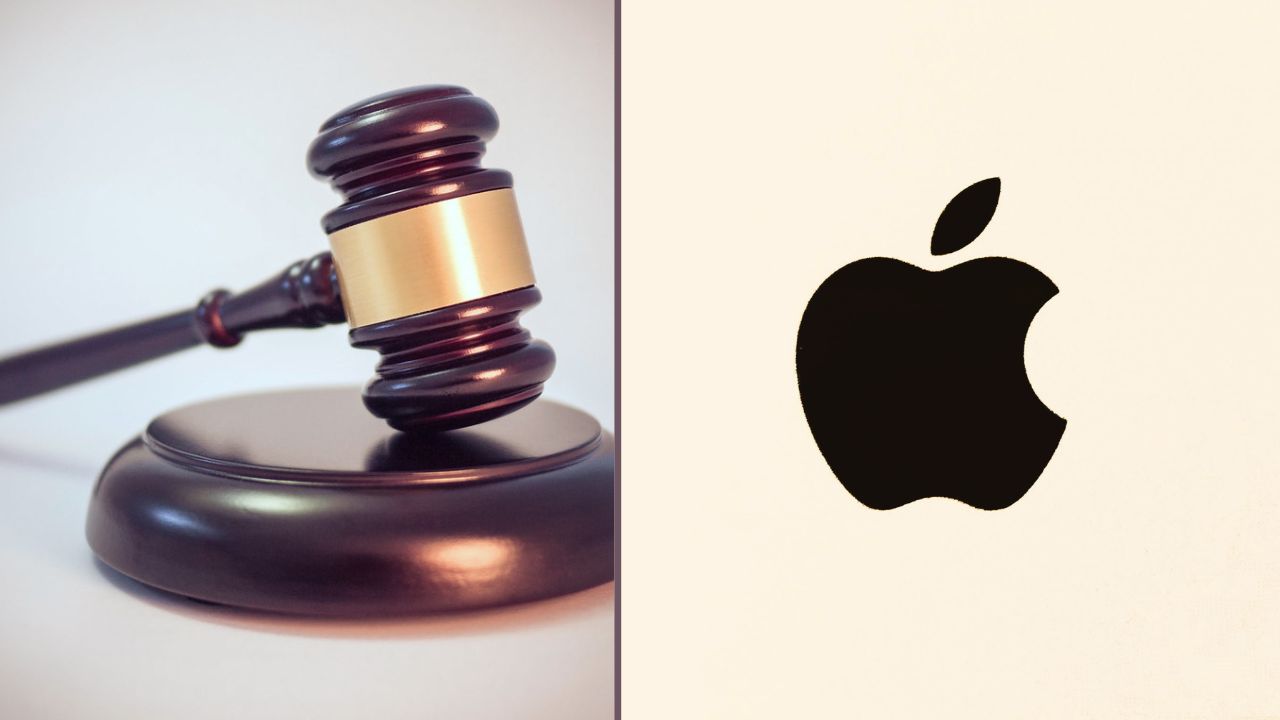
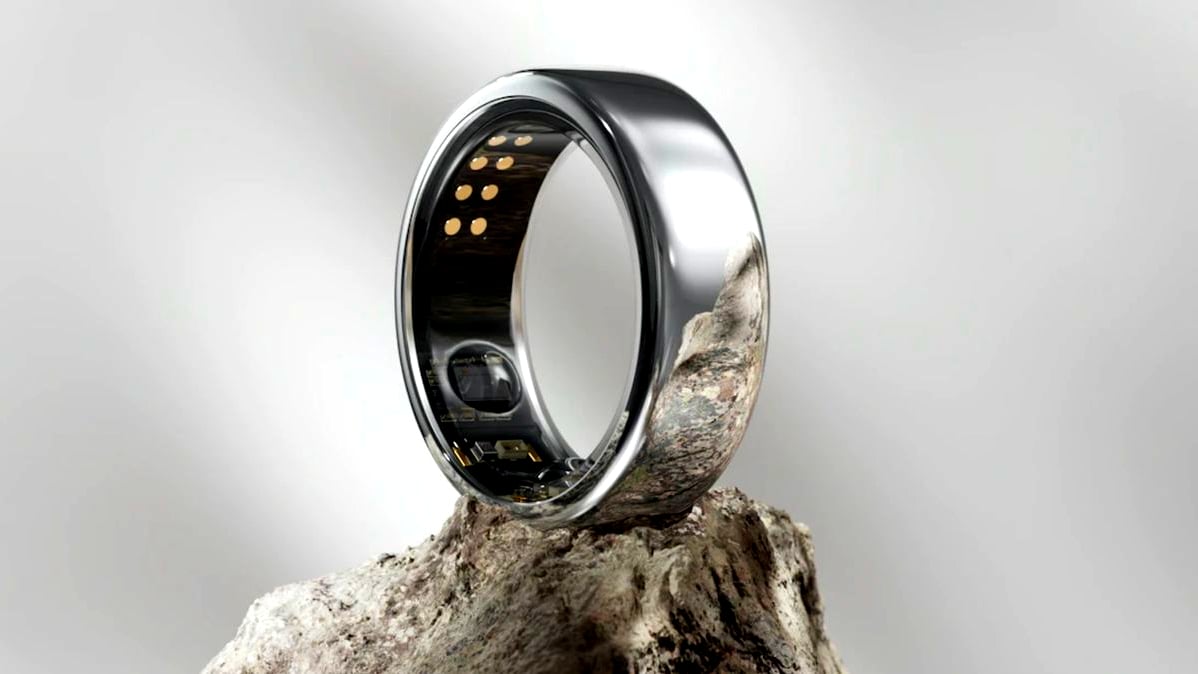
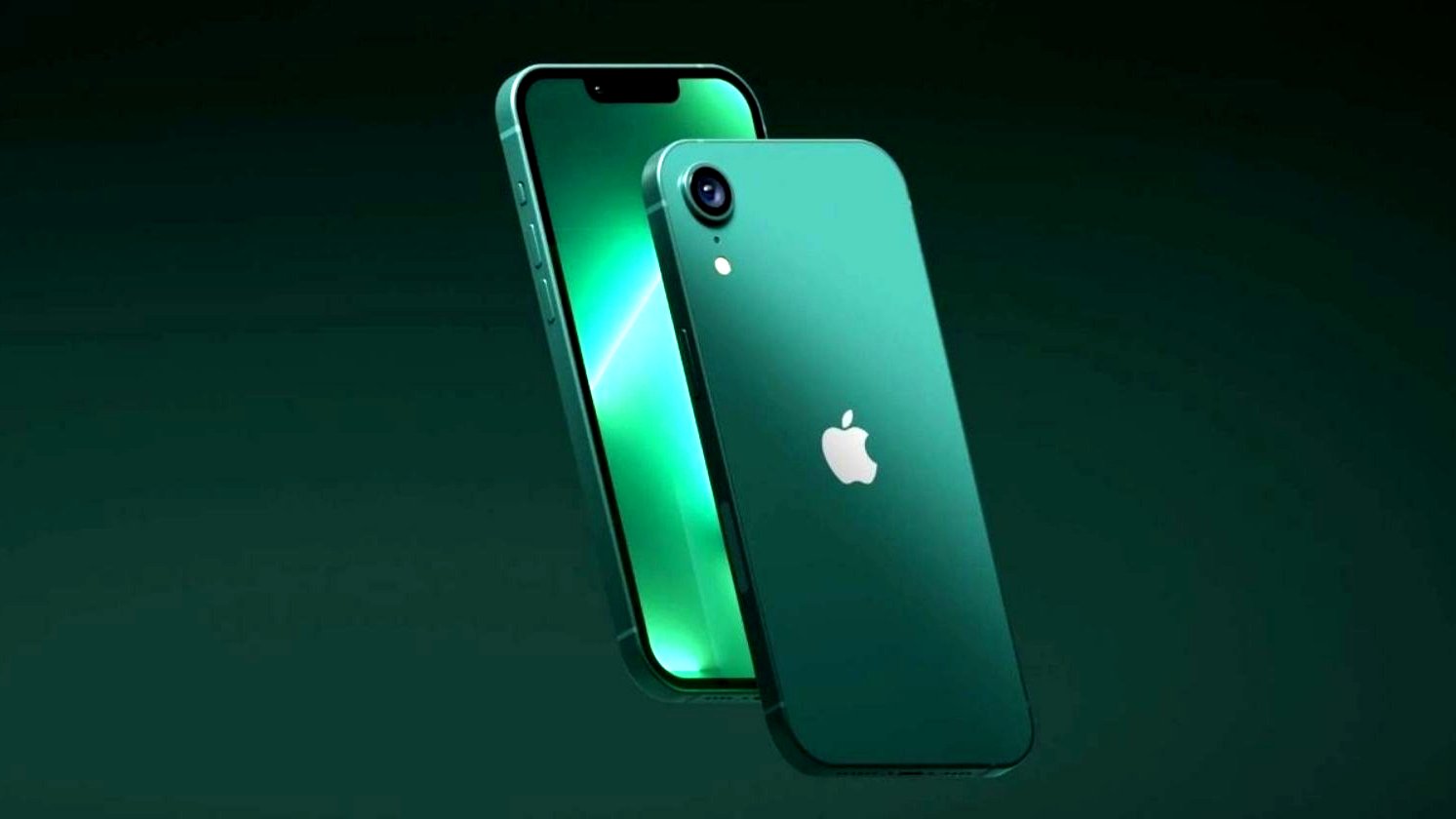

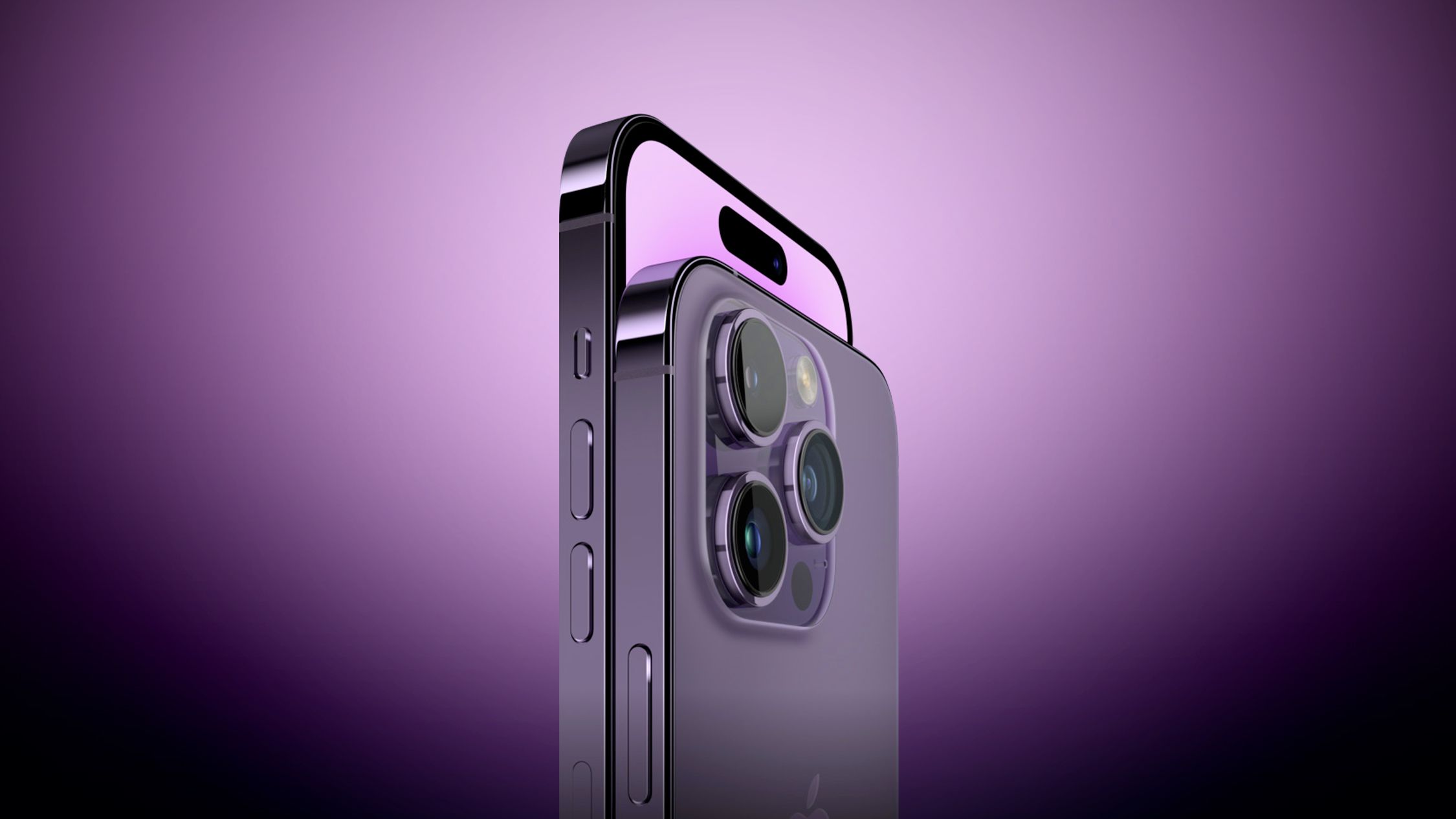
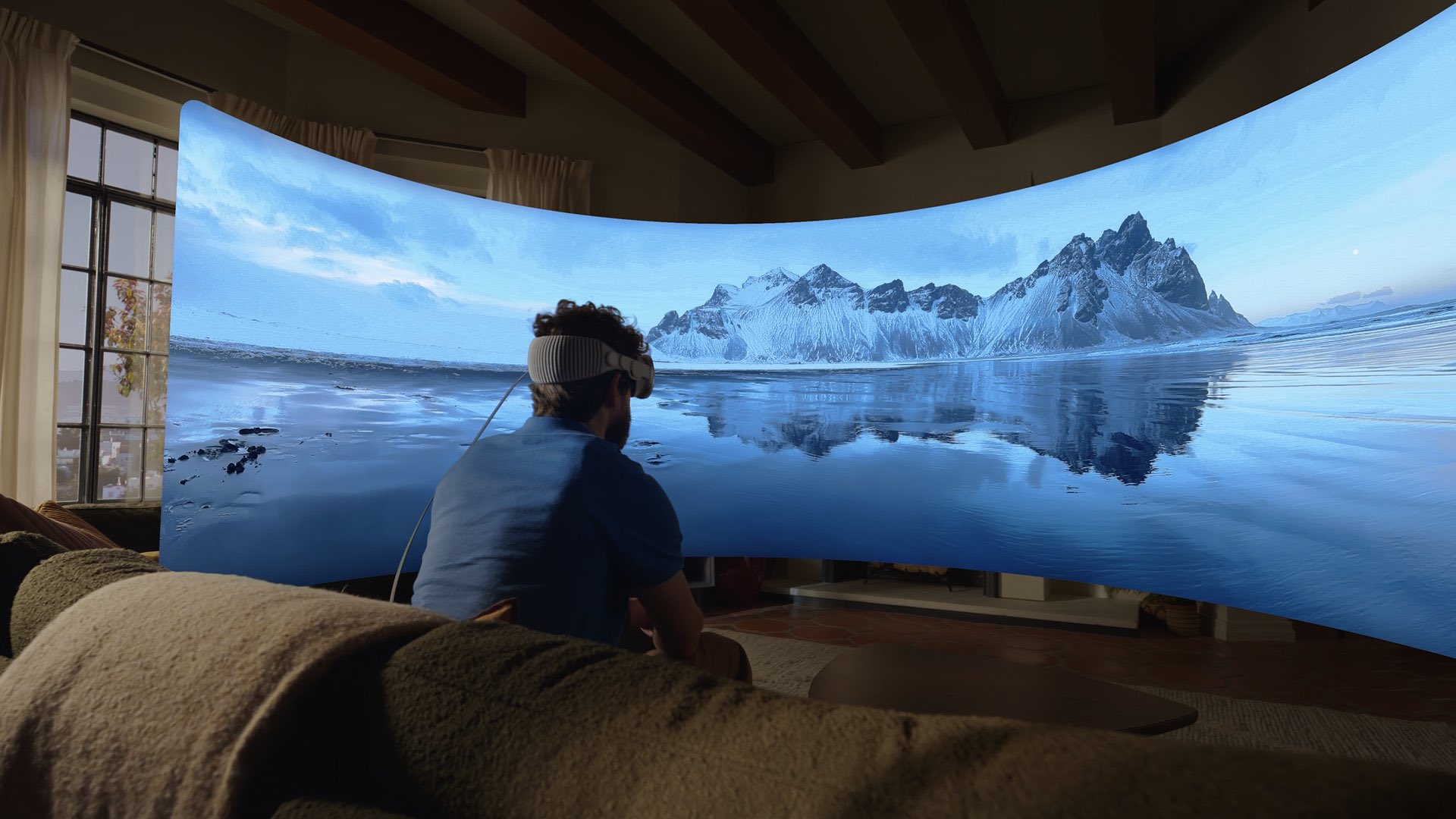
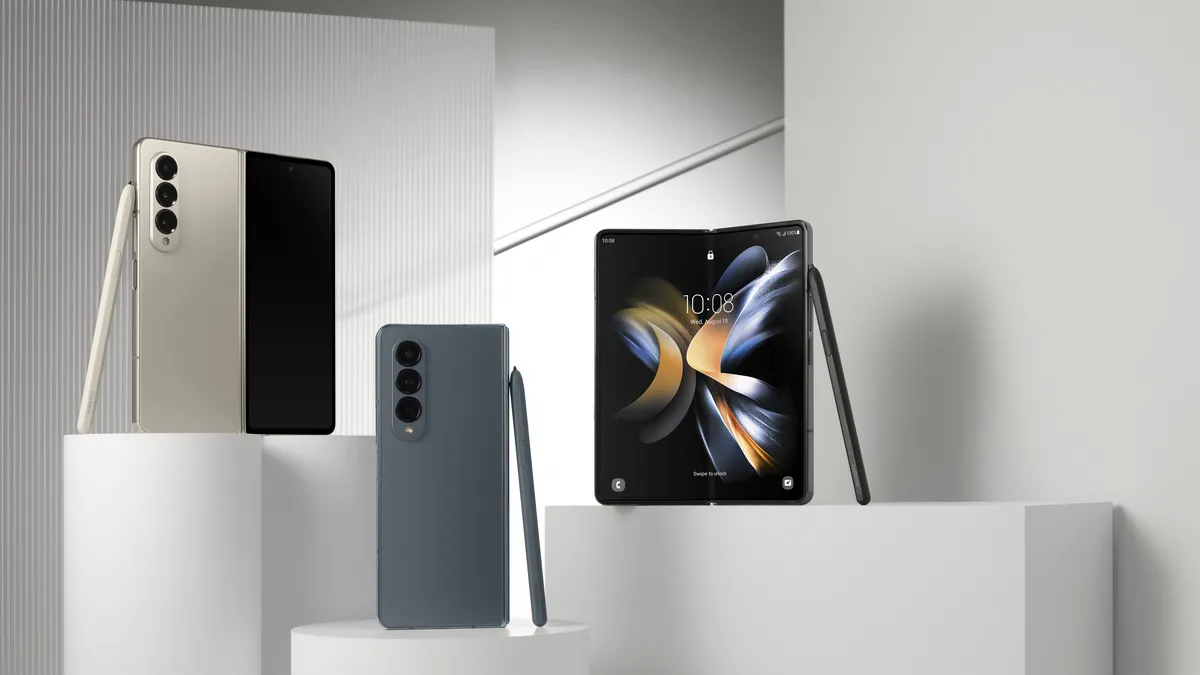
No Comments yet!